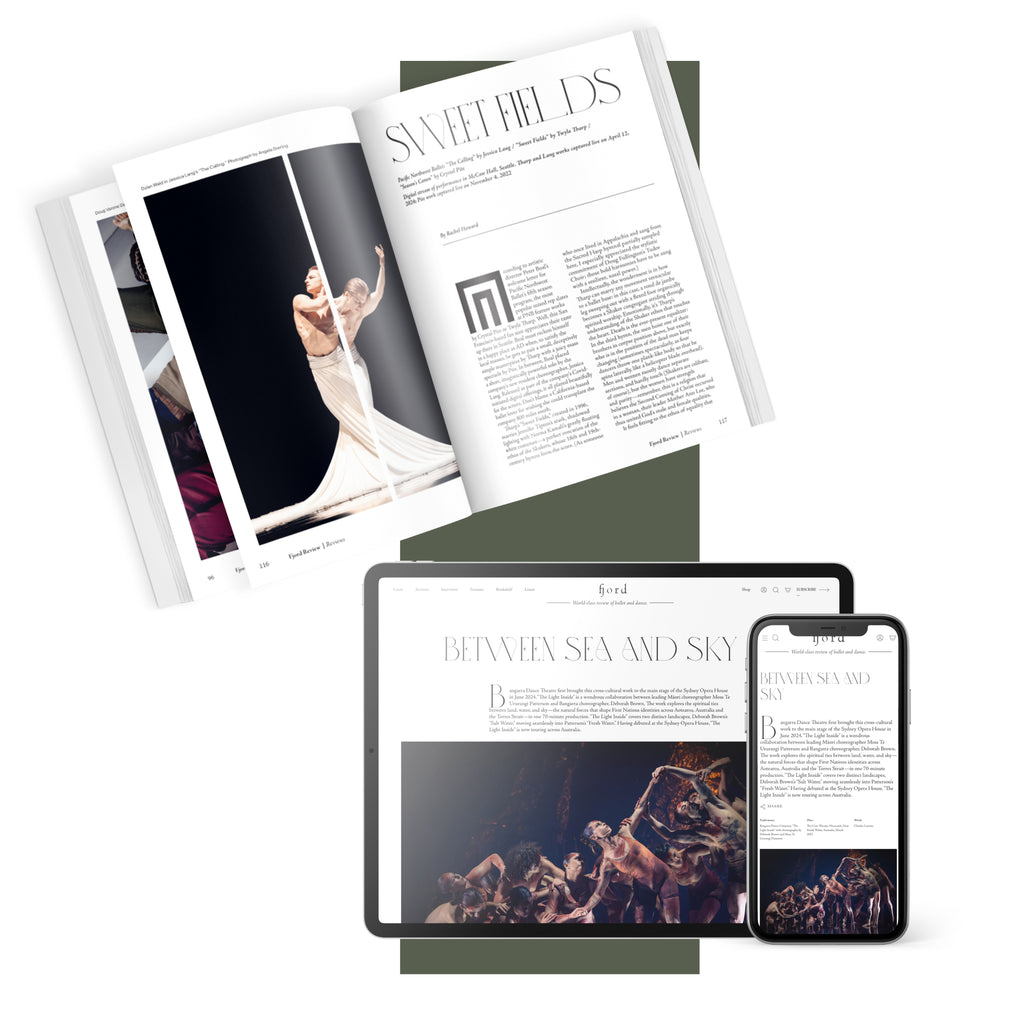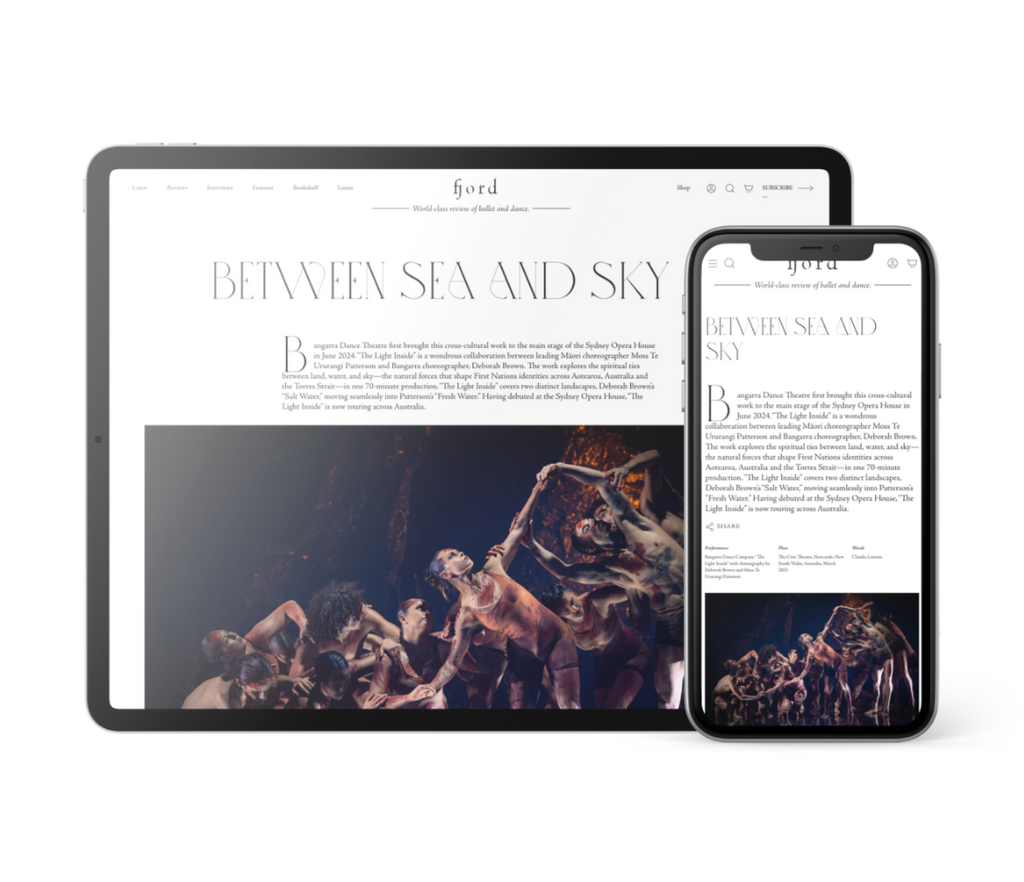Talent Time
It’s “Nutcracker” season at San Francisco Ballet—36 performances packed into three weeks—which means that the company is currently serving two distinct audiences.
Plus
World-class review of ballet and dance.
William Forsythe’s new program for La Scala provides an opportunity to reflect on the direction taken by “contemporary ballet” over several decades. The American choreographer made a name for himself in the 1980s with titles such as “Steptext,” “In the Middle, Somewhat Elevated,” “Herman Schmermann,” “The Vertiginous Thrill of Exactitude”—each of them able to excite not only fans of contemporary dance but also lovers of classical ballet because Forsythe founded a new idiom based on the grammar of the danse d’école. In Italy we call this style “post-classical:” a definition that insists on the classical balance while in search of other axes in the kinetics of torso and limbs, risky, unstable and for this very reason so contemporary. An aesthetic and functional element helps to recognize this language: the pointe shoes worn by the female dancers, no longer instruments of romantic elevation, nor of imperial virtuosity or composed neoclassicism, but pivots of lightning and almost aggressive dynamics. While his language spread, Forsythe trod along parallel paths, including in his own artistic cosmogony contemporary dances finely décontractés or objects d’art installed in museum spaces.
Performance
Place
Words



“Uncommonly intelligent, substantial coverage.”
Your weekly source for world-class dance reviews, interviews, articles, and more.
Already a paid subscriber? Login

It’s “Nutcracker” season at San Francisco Ballet—36 performances packed into three weeks—which means that the company is currently serving two distinct audiences.
PlusLast week I caught up with choreographer Pam Tanowitz and Opera Philadelphia’s current general director and president, countertenor Anthony Roth Costanzo to talk about “The Seasons,” the company’s latest production premiering at the Kimmel Center’s 600-plus seat Perelman Theater on December 19.
PlusIf Notre-Dame remains one of the enduring symbols of Paris, standing at the city’s heart in all its beauty, much of the credit belongs to Victor Hugo.
PlusWhen dancer and choreographer Marla Phelan was a kid, she wanted to be an astronaut. “I always loved science and astronomy,” Phelan said.
Plus
comments